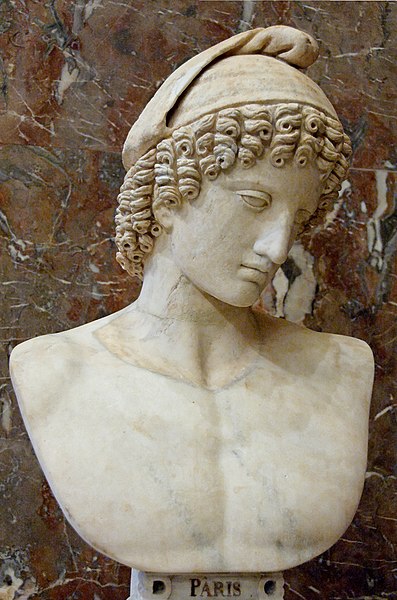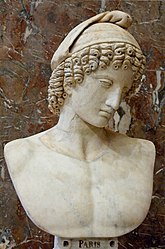Fitxategi:Bust Ganymede Louvre Ma535.jpg

Aurreikuspen honen neurria: 397 × 600 pixel. Bestelako bereizmenak: 159 × 240 pixel | 318 × 480 pixel | 508 × 768 pixel | 678 × 1.024 pixel | 1.920 × 2.900 pixel.
Bereizmen handikoa ((1.920 × 2.900 pixel, fitxategiaren tamaina: 3,56 MB, MIME mota: image/jpeg))
Fitxategiaren historia
Data/orduan klik egin fitxategiak orduan zuen itxura ikusteko.
| Data/Ordua | Iruditxoa | Neurriak | Erabiltzailea | Iruzkina | |
|---|---|---|---|---|---|
| oraingoa | 11:27, 4 abendua 2006 |  | 1.920 × 2.900 (3,56 MB) | Jastrow | {{Louvre-ext |Unknown |Portrait of Ganymede. The antique head comes from a group representing the rape of Ganymede by Zeus, a statuary type known by several copies of the entire group and by separate heads, like this one. Naked bust and pedestal are m |
Irudira dakarten loturak
Hurrengo orrialdeek dute fitxategi honetarako lotura:
Fitxategiaren erabilera orokorra
Hurrengo beste wikiek fitxategi hau darabilte:
- af.wikipedia.org proiektuan duen erabilera
- ar.wikipedia.org proiektuan duen erabilera
- ast.wikipedia.org proiektuan duen erabilera
- bg.wikipedia.org proiektuan duen erabilera
- bn.wikibooks.org proiektuan duen erabilera
- ca.wikipedia.org proiektuan duen erabilera
- cs.wikipedia.org proiektuan duen erabilera
- da.wikipedia.org proiektuan duen erabilera
- eml.wikipedia.org proiektuan duen erabilera
- en.wikipedia.org proiektuan duen erabilera
- en.wikibooks.org proiektuan duen erabilera
- eo.wikipedia.org proiektuan duen erabilera
- es.wikipedia.org proiektuan duen erabilera
- fr.wikipedia.org proiektuan duen erabilera
- he.wikipedia.org proiektuan duen erabilera
- hu.wikipedia.org proiektuan duen erabilera
- hy.wikipedia.org proiektuan duen erabilera
- it.wikipedia.org proiektuan duen erabilera
- mdf.wikipedia.org proiektuan duen erabilera
- ro.wikipedia.org proiektuan duen erabilera
- ru.wikipedia.org proiektuan duen erabilera
- ru.wiktionary.org proiektuan duen erabilera
- uk.wikipedia.org proiektuan duen erabilera
- www.wikidata.org proiektuan duen erabilera



